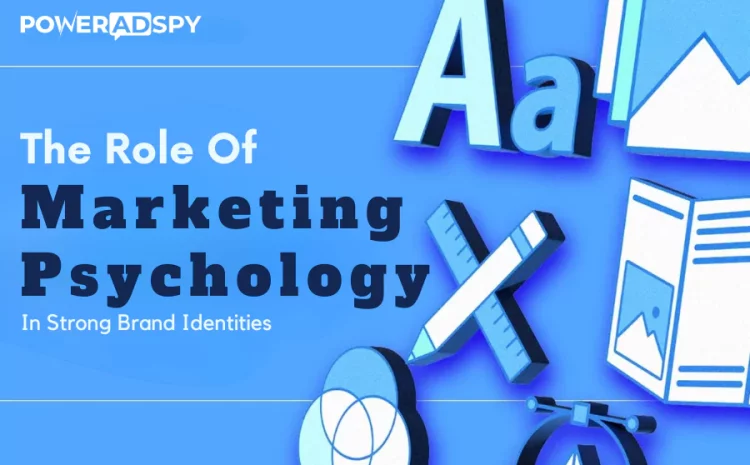The Role Of Marketing Psychology In Strong Brand Identities
Marketing psychology is a powerful tool that businesses can leverage to create compelling brand identities. By understanding the psychological factors that drive consumer behavior, brands can craft strategies that resonate deeply with their target audience. This blog will explore how the psychology of marketing is in building strong brand identities and offer practical tips for implementing these principles.
As we delve into marketing psychology, we will uncover the key principles that drive consumer behavior and decision-making. From the colors used in your logo to the stories you tell, every aspect of your brand can be optimized using marketing psychology to create a lasting impression.
Hit ‘Play’ Button & Tune Into The Blog!
What Is Marketing Psychology?
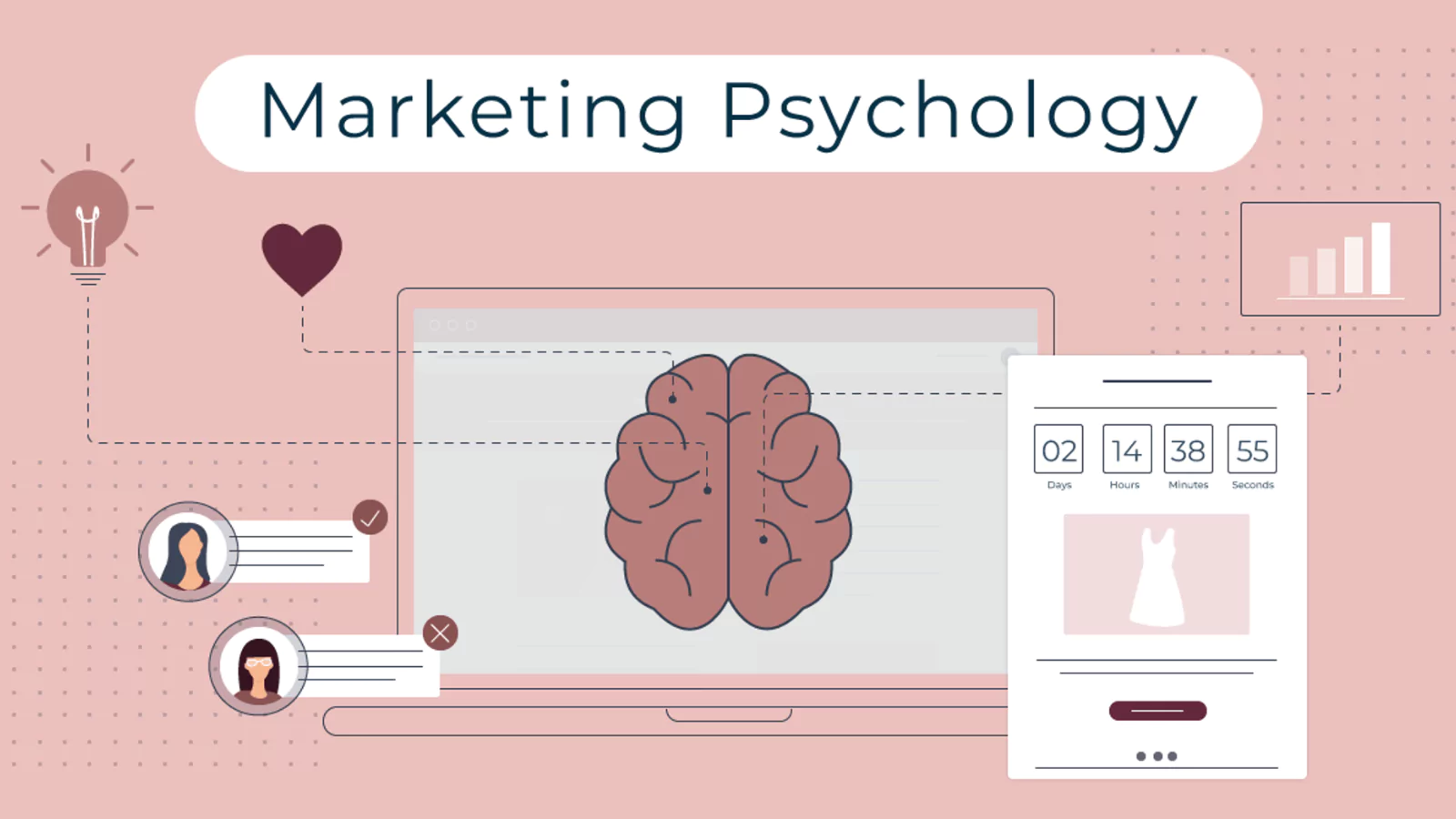 To understand how marketing psychology can be used to build strong brand identities, it’s essential to grasp its core principles. Marketing psychology focuses on understanding the mental processes that influence consumer behavior. These processes include perception, motivation, and decision-making. By tapping into these psychological factors, brands can create marketing strategies that not only attract but also retain customers.
To understand how marketing psychology can be used to build strong brand identities, it’s essential to grasp its core principles. Marketing psychology focuses on understanding the mental processes that influence consumer behavior. These processes include perception, motivation, and decision-making. By tapping into these psychological factors, brands can create marketing strategies that not only attract but also retain customers.
Perception is how consumers interpret and make sense of the information they receive from brands. This can include everything from the colors and fonts used in marketing materials to the overall tone and messaging of a campaign. Motivation, on the other hand, is about understanding what drives consumers to take action, whether it’s making a purchase, signing up for a newsletter, or engaging with a brand on social media.
Decision-making is perhaps the most crucial aspect of marketing psychology. By understanding how consumers make decisions, brands can design marketing strategies to guide consumers toward a desired action. It involves creating a seamless and intuitive customer journey that reduces friction and enhances the overall experience.
Now that we have a basic understanding of what is marketing psychology, let’s delve into how it connects with brand identity.
The Connection Between Marketing Psychology And Brand Identity
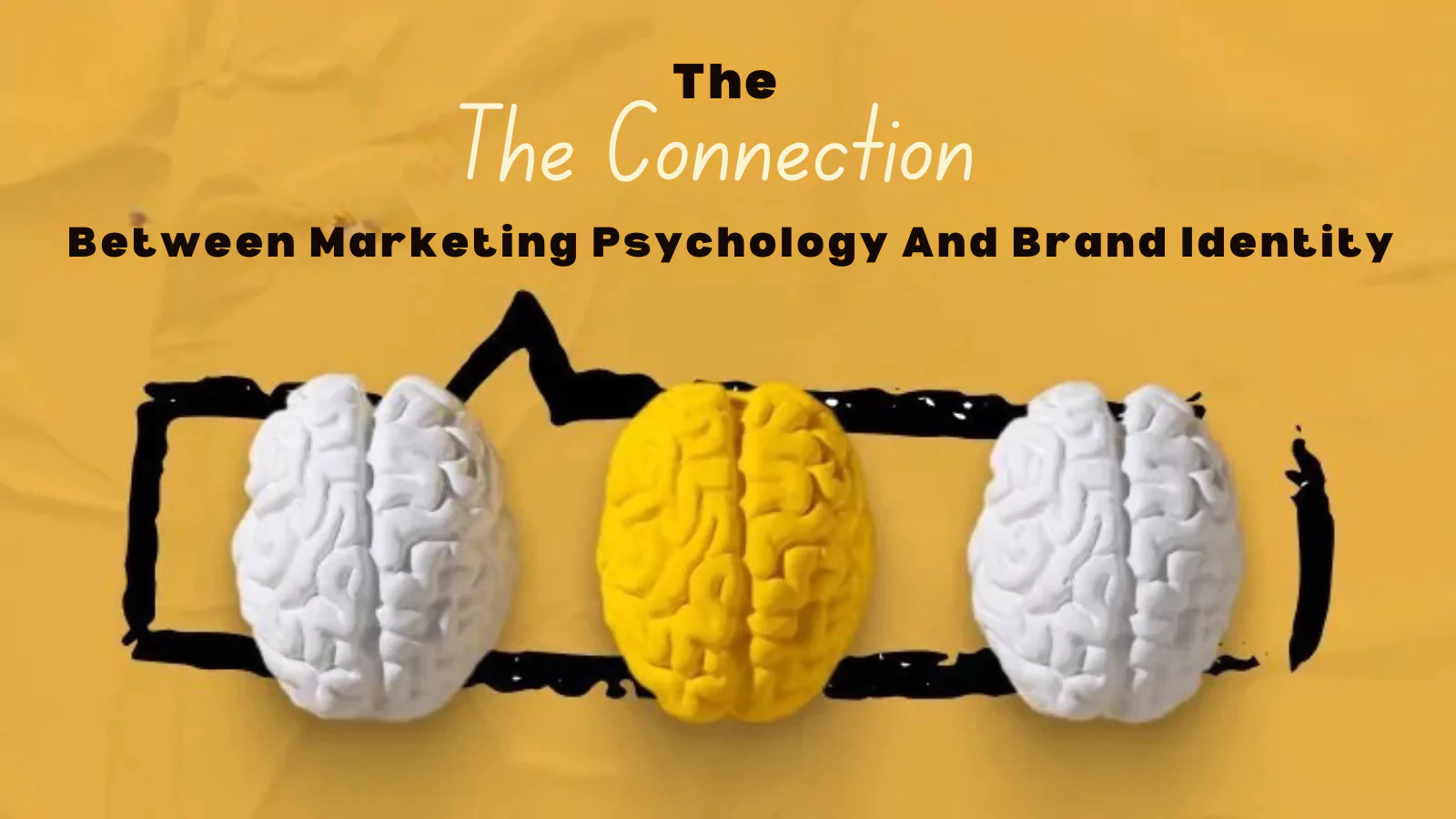 Marketing psychology and brand identity are intricately linked. A strong brand identity is more than just visual elements like logos and colors; it’s about creating a cohesive and memorable experience for the consumer. This experience is shaped by consistent messaging, visuals, and emotional appeal—all influenced by marketing psychology.
Marketing psychology and brand identity are intricately linked. A strong brand identity is more than just visual elements like logos and colors; it’s about creating a cohesive and memorable experience for the consumer. This experience is shaped by consistent messaging, visuals, and emotional appeal—all influenced by marketing psychology.
Marketing psychology helps brands understand what resonates with their audience, enabling them to craft messages that align with their values and desires. By tapping into the psychological factors that drive consumer behavior, brands can create a sense of familiarity and trust. It, in turn, fosters brand loyalty and encourages repeat business.
One of the key elements in building a strong brand identity is color psychology. Colors play a significant role in how consumers perceive a brand and can evoke specific emotions and associations. Let’s explore how color psychology impacts branding and how businesses can use it.
The Power Of Color Psychology In Branding
 Color psychology is a fascinating area within marketing psychology. Different colors can evoke different emotions and perceptions. For example, blue often represents trust and reliability, while red can evoke excitement and urgency. Businesses can create a powerful and lasting impression by strategically choosing colors that align with their brand values and target audience.
Color psychology is a fascinating area within marketing psychology. Different colors can evoke different emotions and perceptions. For example, blue often represents trust and reliability, while red can evoke excitement and urgency. Businesses can create a powerful and lasting impression by strategically choosing colors that align with their brand values and target audience.
Successful brands like Coca-Cola and Apple have mastered the art of color psychology. Their consistent use of color has become a key element of their brand identity. Coca-Cola’s use of red evokes excitement and energy, while Apple’s use of white and silver creates an image of simplicity and elegance. These brands have used color psychology to their advantage, making their logos and branding instantly recognizable.
But color is just one piece of the puzzle. Emotional branding is another crucial component that helps create strong brand identities. By tapping into the emotions of their audience, brands can build deeper connections and foster loyalty.
Emotional Branding: Tapping Into Consumer Emotions
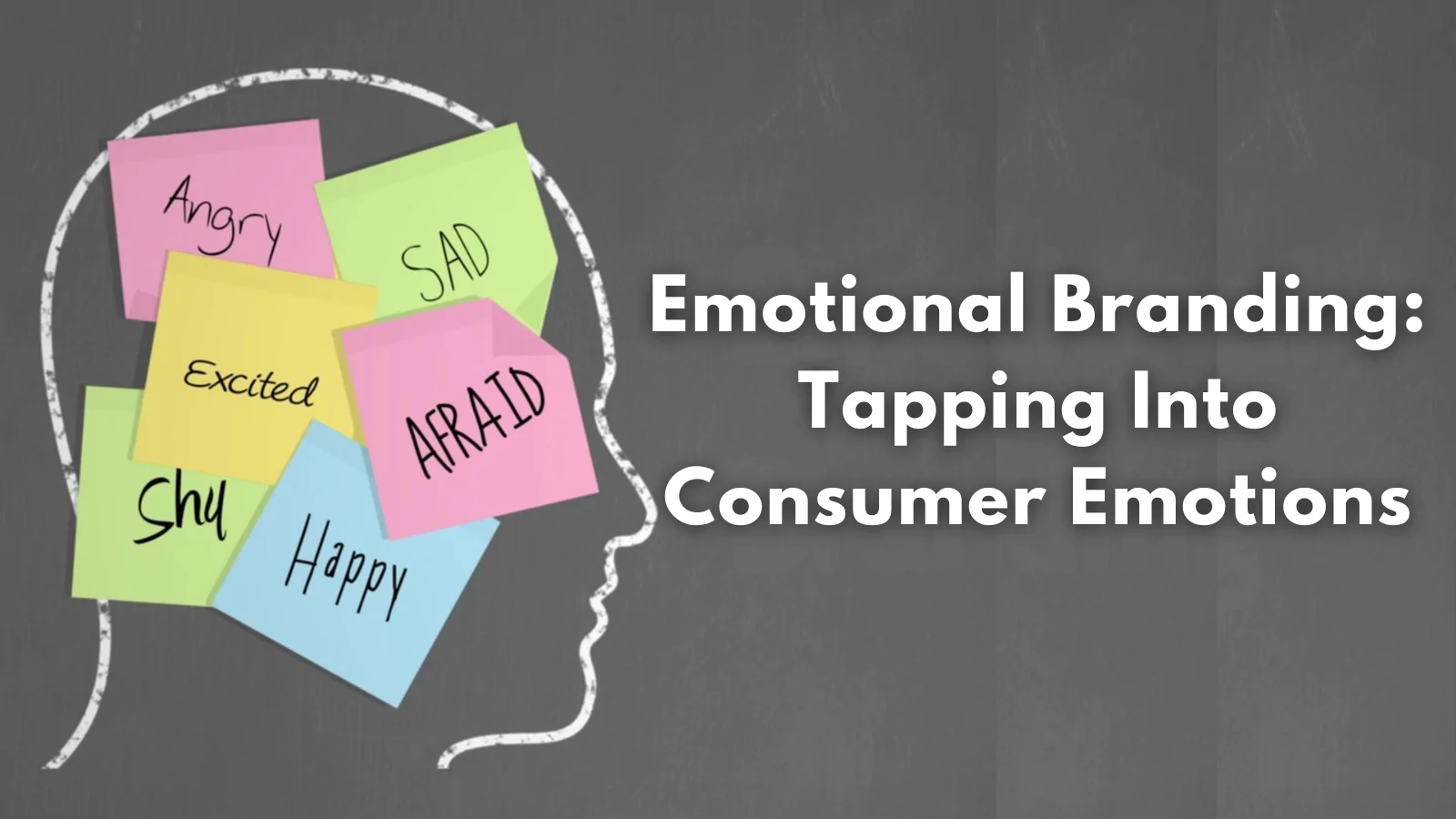 Emotional branding is about creating a deep connection between a brand and its audience. This bond goes beyond the product or service; it taps into the values, beliefs, and emotions of the consumers. By leveraging these emotional triggers, brands can build loyalty and foster lasting relationships with their customers.
Emotional branding is about creating a deep connection between a brand and its audience. This bond goes beyond the product or service; it taps into the values, beliefs, and emotions of the consumers. By leveraging these emotional triggers, brands can build loyalty and foster lasting relationships with their customers.
One effective way to achieve emotional branding is through storytelling. Stories have a unique power to evoke emotions and make the brand more relatable. When a brand shares its journey, challenges, and triumphs, it resonates with the audience. For instance, Nike’s “Just Do It” campaign is not just about selling athletic gear; it’s about inspiring people to push their limits and achieve their dreams.
Another strategy for emotional branding is personalization. By tailoring experiences to individual preferences and needs, brands can make customers feel valued and understood. Personalized marketing messages, exclusive offers, and customized products all contribute to a stronger emotional bond with the brand.
Emotional branding is a key component of building strong brand identities, but it doesn’t work in isolation. Another powerful tool in the marketer’s arsenal is storytelling, which we’ll explore in the next section.
The Role Of Storytelling In Marketing Psychology
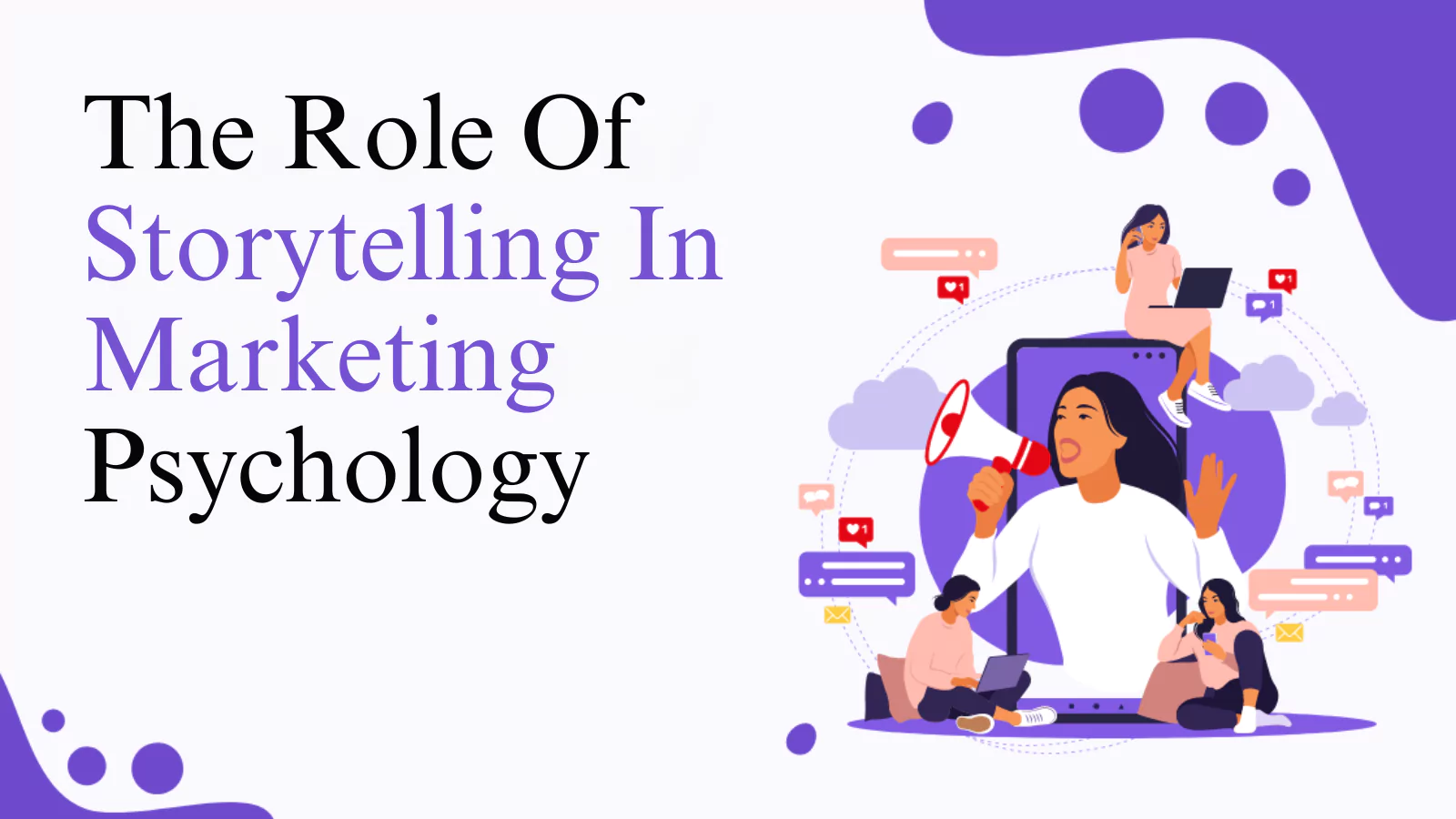 Storytelling is a powerful tool for building a strong brand identity. A compelling brand story can captivate the audience and make the brand more relatable and memorable. Marketing psychology helps brands craft stories that resonate with their target audience, evoking emotions and creating a strong connection.
Storytelling is a powerful tool for building a strong brand identity. A compelling brand story can captivate the audience and make the brand more relatable and memorable. Marketing psychology helps brands craft stories that resonate with their target audience, evoking emotions and creating a strong connection.
When crafting a brand story, it’s essential to focus on the values and mission of the brand. An authentic story that aligns with the brand’s overall message can create a lasting impact. By sharing their journey, challenges, and successes, brands can build trust and loyalty with their audience.
Storytelling also provides an opportunity to showcase the human side of the brand. Whether through customer testimonials, behind-the-scenes content, or founder stories, these narratives can make the brand more approachable and relatable.
Storytelling alone, however, isn’t enough. To build trust and credibility, brands must also leverage social proof and trust signals, which we’ll explore in the next section.
Leverage Social Proof And Trust Signals
 Social proof is a powerful concept in marketing psychology that can significantly impact a brand’s credibility. It refers to the psychological phenomenon where people look to others’ actions and opinions to guide their behavior. In marketing, social proof can take various forms, including testimonials, reviews, endorsements, and case studies. These trust signals can influence consumer decisions and reinforce the brand’s identity.
Social proof is a powerful concept in marketing psychology that can significantly impact a brand’s credibility. It refers to the psychological phenomenon where people look to others’ actions and opinions to guide their behavior. In marketing, social proof can take various forms, including testimonials, reviews, endorsements, and case studies. These trust signals can influence consumer decisions and reinforce the brand’s identity.
By incorporating social proof into their marketing strategy, businesses can build trust with potential customers. For example, showcasing positive customer reviews or featuring testimonials on a website can create a sense of reliability and authenticity. Influencer endorsements and social media mentions also serve as valuable trust signals, enhancing the brand’s reputation.
Incorporating social proof goes beyond building trust—it fosters a sense of community. When consumers see others having positive experiences with a brand, they gain confidence in their decision to engage.
While social proof is crucial in marketing, other factors also play a role, especially in social media advertising. To connect with your audience, you need relevance and engagement—this is where marketing psychology comes in. However, if you’re struggling with fresh ideas, leveraging an ad intelligence tool can be a game-changer. Why not try PowerAdSpy? This powerful ad spy tool helps you discover the trendiest ads, offering inspiration to refine your strategy.
PowerAdSpy: Your Go-To Ad Intelligence Platform
 Poweradspy is a robust social media marketing tool that empowers businesses to optimize their advertising strategies. By offering comprehensive insights into competitors’ ads, Poweradspy enables brands to refine their marketing campaigns, making them more effective and engaging.
Poweradspy is a robust social media marketing tool that empowers businesses to optimize their advertising strategies. By offering comprehensive insights into competitors’ ads, Poweradspy enables brands to refine their marketing campaigns, making them more effective and engaging.
Whether you’re looking to understand your competitors’ tactics, track the performance of your ads, or discover new marketing opportunities, Poweradspy is the go-to tool for enhancing your advertising efforts.
Features of Poweradspy
Ad Analysis: Poweradspy allows you to gain deep insights into your competitor’s advertising strategies. By analyzing their ads, you can identify what works and what doesn’t, helping you refine your marketing campaigns to be more effective and targeted. This feature provides valuable data on ad creatives, copy, and performance, enabling you to stay ahead in the competitive market.
Performance Tracking: With Poweradspy’s performance tracking feature, you can monitor the success of your ads in real time. It allows you to make data-driven decisions and adjust your strategies as needed to maximize return on investment (ROI). By keeping a close eye on key performance metrics, you can ensure your ads are achieving the desired results and continuously optimize your campaigns for better outcomes.
Keyword Search: Discovering trending keywords is crucial for creating ads that resonate with your target audience. Poweradspy’s keyword search feature helps you identify popular and relevant keywords, enabling you to tailor your ads to attract the right consumers. It ensures your ads are seen by the people who are most likely to engage with your brand, driving higher conversion rates and overall success.
Audience Targeting: Poweradspy offers advanced audience targeting capabilities, allowing you to create highly targeted ad campaigns based on demographic and psychographic data. By understanding your audience’s preferences, behaviors, and needs, you can craft personalized ads that resonate with them on a deeper level. It increases the likelihood of engagement and helps build a stronger connection with your audience.
Businesses can enhance their marketing strategies and build strong brand identities by leveraging tools like Poweradspy.
Tips For Implementing Marketing Psychology In Your Brand Strategy
 Now that we’ve explored the various elements of marketing psychology, here are some actionable tips for incorporating these principles into your brand strategy:
Now that we’ve explored the various elements of marketing psychology, here are some actionable tips for incorporating these principles into your brand strategy:
Use Color Psychology Marketing: Choose colors that align with your brand values and evoke the desired emotions. For example, blue can signify trust and reliability, while red can convey excitement and urgency. Select a color palette that resonates with your target audience and reinforces your brand identity.
Create Emotional Connections: Develop personalized experiences and emotional advertising to foster brand loyalty. Understand what drives your audience’s emotions and tailor your messaging to tap into those feelings. Use storytelling, customer testimonials, and emotional triggers to create a deep connection with your audience.
Craft Compelling Stories: Focus on authentic storytelling that resonates with your audience. Share your brand’s journey, values, and mission in a way that is relatable and engaging. Use narratives that show your brand’s personality and build a strong emotional bond with your customers.
Leverage Social Proof: Incorporate testimonials, reviews, and endorsements to build trust and credibility. Display positive customer feedback prominently on your website and social media channels. Encourage satisfied customers to share their experiences, and use influencer partnerships to enhance your brand’s reputation.
Utilize Social Media Management And Marketing Tools: Implement social media marketing tools to streamline your marketing efforts and ensure consistency across platforms. Tools like Poweradspy can help you analyze competitors, track ad performance, and discover new marketing opportunities, allowing you to optimize your strategies and enhance your brand identity.
By implementing these tips, businesses can create a strong and memorable brand identity that resonates with their target audience.
Also Read:
7 Ways To Engage Your Audience: Social Media Marketing Through Emotional Triggers
Luxury Brand Color Palette: Elevate Your Brand’s Presence
Conclusion
Building a strong brand identity is crucial for making a lasting impression on your audience. By tapping into the principles of marketing psychology, brands can craft strategies that deeply resonate with consumers. Techniques such as color psychology, emotional branding, storytelling, and leveraging social proof play a vital role in shaping brand perception.
To further enhance your marketing efforts, using social media marketing tools like Poweradspy can provide valuable insights and capabilities. Poweradspy helps optimize advertising strategies, ensuring your brand stands out in a competitive market.
Embrace the power of marketing psychology and tools like Poweradspy to create a brand identity that connects with your audience and drives long-term success.
FAQ Section
1. How can color psychology marketing enhance brand perception?
Color psychology marketing enhances brand perception by using specific colors to evoke desired emotions and associations. By choosing colors that align with your brand values and appeal to your target audience, you can create a stronger and more memorable brand identity.
2. What is the psychology of colors in marketing and how does it influence consumer behavior?
The psychology of colors in marketing involves understanding how different colors affect consumer emotions and decisions. For example, blue can convey trust and reliability, while red can evoke excitement and urgency. By applying this knowledge, brands can create more effective marketing materials that resonate with their audience.
3. How does advertising color psychology differ from traditional color theory in design?
Advertising color psychology focuses on the emotional and psychological impact of colors on consumer behavior, while traditional color theory in design primarily deals with color harmony and aesthetics. By understanding how colors influence emotions and decisions, brands can use advertising color psychology to create more compelling and persuasive ads.
4. How can businesses use psychology and marketing to improve their advertising campaigns?
Businesses can use the psychology of marketing to improve their advertising campaigns by understanding consumer motivations and behaviors. This includes crafting emotionally resonant messages, leveraging social proof, and using color psychology to create visually appealing and impactful ads.
5. What role does social media management play in implementing marketing psychology principles?
Social media management plays a crucial role in implementing marketing psychology principles by ensuring consistent messaging, engaging content, and effective audience targeting. Utilizing a social media marketing tool like Poweradspy can help businesses analyze competitors, track ad performance, and discover new opportunities to optimize their social media strategies.

